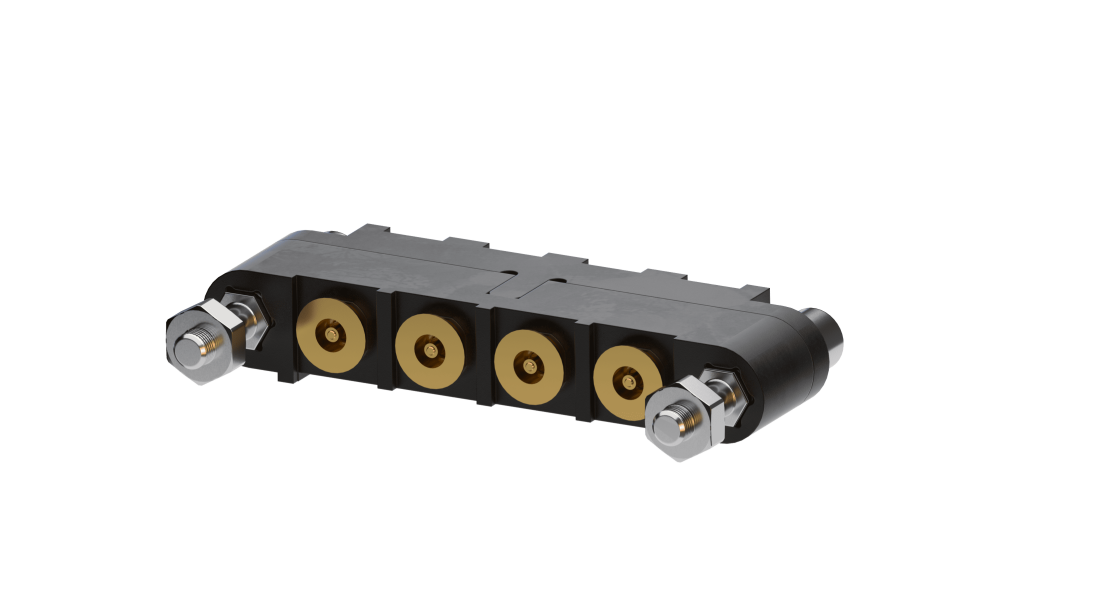
In your designs, integrating RF and digital signals simultaneously is a real puzzle. You have to juggle electrical performance, miniaturization, and environmental constraints — all without ever compromising system reliability. Each project brings its own set of challenges, and finding a solution that ticks all the boxes often feels like an obstacle course.
1. Miniaturization and System Densification
Modern embedded systems are becoming increasingly compact, and every square millimeter counts. But adding features also means integrating more RF and digital interfaces, complicating your architecture.
Fitting multiple connectors into a tight space becomes a daily challenge, impacting thermal management, routing, and accessibility.
Sometimes, components have to be stacked or placed very close to each other, drastically limiting wiring options and increasing the risk of assembly errors.
How can you ensure reliable connectivity without overloading your PCBs or compromising performance?
2. Signal Integrity and RF Performance
When RF and digital signals coexist in close proximity, the risk of electromagnetic interference (EMI) skyrockets.
Signal loss, parasitic coupling, impedance mismatch — all of these threaten the stability of your transmissions.
In the lab, everything works fine. But in the field, under high electromagnetic density, signal quality can quickly degrade, jeopardizing communication between modules.
How can you maintain a clean, stable signal despite disturbances
3. Robustness in Extreme Environments
In aerospace, defense, or industrial sectors, your equipment must withstand intense vibrations, thermal shocks, and severe mechanical stress.
Imagine an RF connector disconnecting mid-flight, or a critical link breaking due to vibrations.
Standard connectors on the market aren’t built for such extreme conditions. You may need to add reinforcements, custom fasteners, or even redesign the system — which adds weight and increases assembly complexity.
How can you ensure mechanical reliability without compromising the rest of the system?
4. Integration Complexity and Cable Management
Using separate connectors for RF and digital signals adds complexity: more potential failure points, more complex assemblies, and increased weight.
You’ve probably already spent hours checking cable lengths, aligning interfaces, or trying to avoid errors during assembly.
What if one solution could reduce interconnections while boosting reliability?
A Concrete Answer to These Challenges: the CMM SMPM
The CMM SMPM is the result of a collaboration between Nicomatic and Radiall, combining the best of both worlds: the modularity of the CMM range and Radiall’s high-frequency RF expertise.
A hybrid solution for RF and digital signals in a single connector.

Key Technical Features:
- RF performance up to 40 GHz for high-demand applications
- Data transmission up to 50 Gbps, ideal for high-speed digital signals
- High density: up to 10 contacts per row, optimizing available space
- Compact and lightweight design, perfect for volume- and weight-constrained environments
- Secure locking system for enhanced mechanical reliability
How the CMM SMPM Meets These Challenges
The issues mentioned above find concrete answers with the CMM SMPM:
How can you ensure reliable connectivity without overloading your PCBs or compromising performance?
➡️ By combining RF and digital signals in a single connector, the CMM SMPM enables maximum densification (up to 10 contacts per row) while maintaining a compact, clean system architecture.
How can you maintain a clean, stable signal despite disturbances?
➡️ Thanks to the integration of Radiall’s SMPM contacts, the CMM SMPM delivers RF performance up to 40 GHz and data transmission up to 50 Gbps, ensuring strong resistance to interference and optimal signal integrity.
How can you ensure mechanical reliability without compromising the rest of the system?
➡️ The CMM SMPM’s secure locking system ensures a robust, stable connection. Designed for harsh environments, this connector combines lightness with mechanical strength — no need for extra reinforcements or added weight.
What if one solution could reduce interconnections while boosting reliability?
➡️ By consolidating multiple signal types into a single connector, the CMM SMPM reduces the number of interconnections and simplifies cable management. That means fewer failure points, faster assembly, and greater overall reliability.
A Major Impact on Your System Architectures
The CMM SMPM directly addresses the challenges of densification, RF performance, and robustness. It enables all-in-one signal integration, reduces interconnections, simplifies wiring, and secures the entire system — even in the harshest environments.
With the integration of SMPM contacts into the CMM range, you benefit from a compact, ultra-modular solution that’s ready to meet real-world challenges.
If you’re facing these issues, discover how the CMM SMPM can simplify your designs while delivering uncompromising performance.